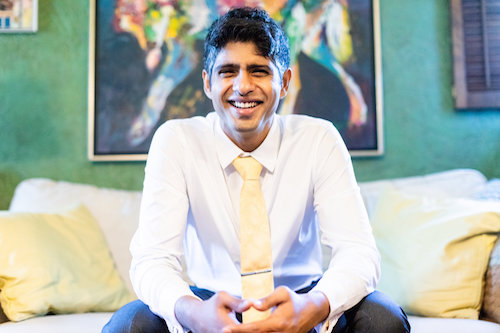Dissertation Defense
Using Sensor Redundancy in Vehicles and Smartphones for Driving Security and Safety
This event is free and open to the publicAdd to Google Calendar

The average American spends around 1 hour driving each day. In that time the driver make use of various sensors to enhance his or her commute. 77% of smartphone users rely on navigation apps daily. OBD dongles such as the Progressive Snapshot collect vehicle sensor data to monitor safe driving habits.
Existing sensing applications pertaining to our drive are often separate from each other and fail to learn from and utilize the information gained by other sensing streams and other drivers. In order to best leverage the widespread use of sensing capabilities, we have to unify the different sensing streams in a meaningful way.
This thesis explores and validates the following claim: Sensing the same phenomenon from multiple perspectives can enhance vehicle safety, security and transportation.
First, it presents findings from an exploratory study on unifying vehicular sensor streams. We explored combining sensory data from within one vehicle through pairwise correlation and across vehicles through normal models built with principal component analysis and cluster analysis. Our findings from this exploratory study motivated the rest of this thesis work on using sensor redundancy for CAN-bus injection detection and driving hazard detection.
Second, we unify the phone sensors with vehicle sensors to detect CAN bus injection attacks which compromise vehicular sensor values. Specifically, we answer the question: are phone sensors accurate enough detect typical CAN bus injection attacks found in literature? Through extensive tests we found that phone sensors are sufficiently accurate to detect many CAN-bus injection attacks.
Third, we construct GPS trajectories from multiple vehicles nearby to find stationary and mobile driving hazards such as a bicyclists on the side of the road. Such a tool can extend the repertoire of current navigation assistant applications such as Google Maps which detect and warn drivers about upcoming stationary hazards.
Building vehicular applications which leverage redundant sensors is a difficult and cumbersome process. Finally, we present an easy-to-use tool to help developers and researchers quickly build and prototype data-collection apps which naturally exploit sensing redundancy.
 MENU
MENU 
